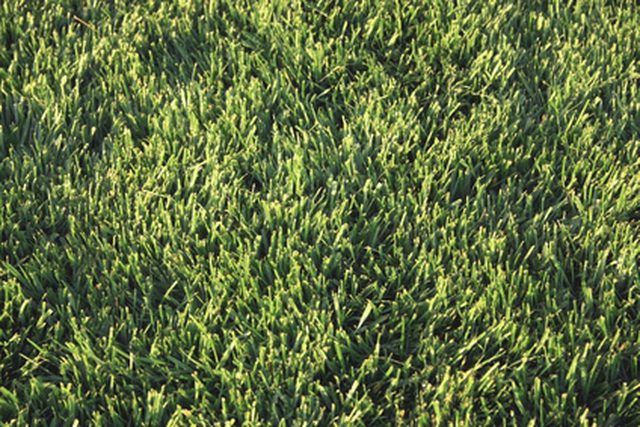Bulbs
Flower Basics
Flower Beds & Specialty Gardens
Flower Garden
Garden Furniture
Garden Gnomes
Garden Seeds
Garden Sheds
Garden Statues
Garden Tools & Supplies
Gardening Basics
Green & Organic
Groundcovers & Vines
Growing Annuals
Growing Basil
Growing Beans
Growing Berries
Growing Blueberries
Growing Cactus
Growing Corn
Growing Cotton
Growing Edibles
Growing Flowers
Growing Garlic
Growing Grapes
Growing Grass
Growing Herbs
Growing Jasmine
Growing Mint
Growing Mushrooms
Orchids
Growing Peanuts
Growing Perennials
Growing Plants
Growing Rosemary
Growing Roses
Growing Strawberries
Growing Sunflowers
Growing Thyme
Growing Tomatoes
Growing Tulips
Growing Vegetables
Herb Basics
Herb Garden
Indoor Growing
Landscaping Basics
Landscaping Patios
Landscaping Plants
Landscaping Shrubs
Landscaping Trees
Landscaping Walks & Pathways
Lawn Basics
Lawn Maintenance
Lawn Mowers
Lawn Ornaments
Lawn Planting
Lawn Tools
Outdoor Growing
Overall Landscape Planning
Pests, Weeds & Problems
Plant Basics
Rock Garden
Rose Garden
Shrubs
Soil
Specialty Gardens
Trees
Vegetable Garden
Yard Maintenance
How to Grow Winter Rye Grass
How to Grow Winter Rye Grass. Winter rye grass can improve your winter landscape not only by being attractive but also by improving your garden soil. Winter rye is a cool-season grass that can germinate in low temperatures; in some climates it can stay green all winter long. In the Southern United States, landscapers often over-seed warm-season...

Winter rye grass can improve your winter landscape not only by being attractive but also by improving your garden soil. Winter rye is a cool-season grass that can germinate in low temperatures; in some climates it can stay green all winter long. In the Southern United States, landscapers often over-seed warm-season grasses such as bermuda grass so that, when one goes dormant, the other will thrive. The home gardener can use winter rye grass as a cover crop. It can keep soil from washing away during winter storms and suppress any weeds that may emerge in early spring.
Things You'll Need
Winter rye seeds
Seed broadcaster
Fertilizer
Decide when to plant winter rye grass. For winter use, plant it any time in the early fall, such as September or early October.
Stop watering the plot if preparing to over-seed a warm-season grass. Stop watering about two weeks before over-seeding. The intent is to suppress the warm-season grass so it is easier for the winter rye to take hold.
Purchase the winter rye seeds. Expect to use about 20 pounds of rye grass seed per acre. This seed is often available from garden catalogs or online retailers.
Prepare the area where the winter rye grass will be planted. Clear away any dead or leftover plants if it is in a garden plot. If over-seeding warm-season grass, cut the existing grass as short as possible.
Use a broadcaster to spread seeds over the lawn. Walk the broadcaster back and forth across the lawn, then do it again, perpendicular to the way you did it first. For a small patch you can spread the winter rye grass seeds by hand.
Water the lawn daily until the winter rye grass emerges.
Mow the winter rye grass once a week after it grows more than a few inches high. Set the mower at the 3-inch setting for a lush look.
Fertilize the grass if using it in a lawn. After it is established give it a16-4-8 NPK (nitrogen, phosphorous, potassium) fertilizer.
Tips & Warnings
To use winter rye grass as a cover crop, mow it down in early spring, then turn it under. Let the garden bed settle for two weeks before planting.
Winter rye grass is rich in nitrogen, so add any cuttings to the compost pile.
If over-seeding warm-season grass with winter rye, be aware that it will have to be removed in the spring so the warm-season grass can flourish.